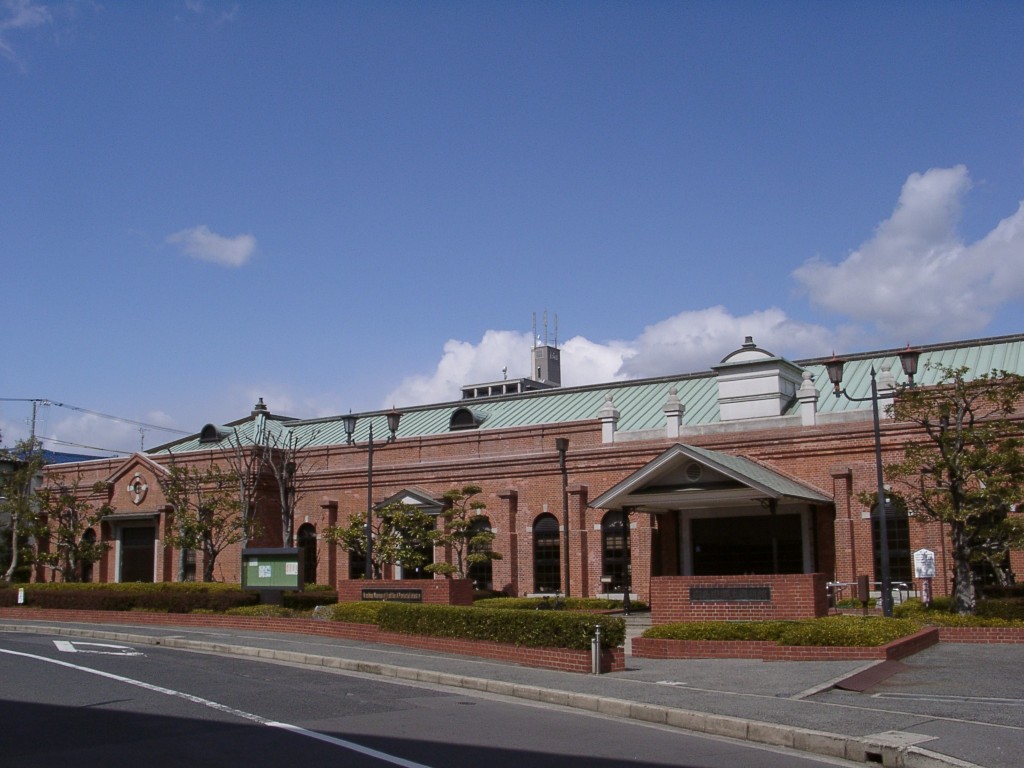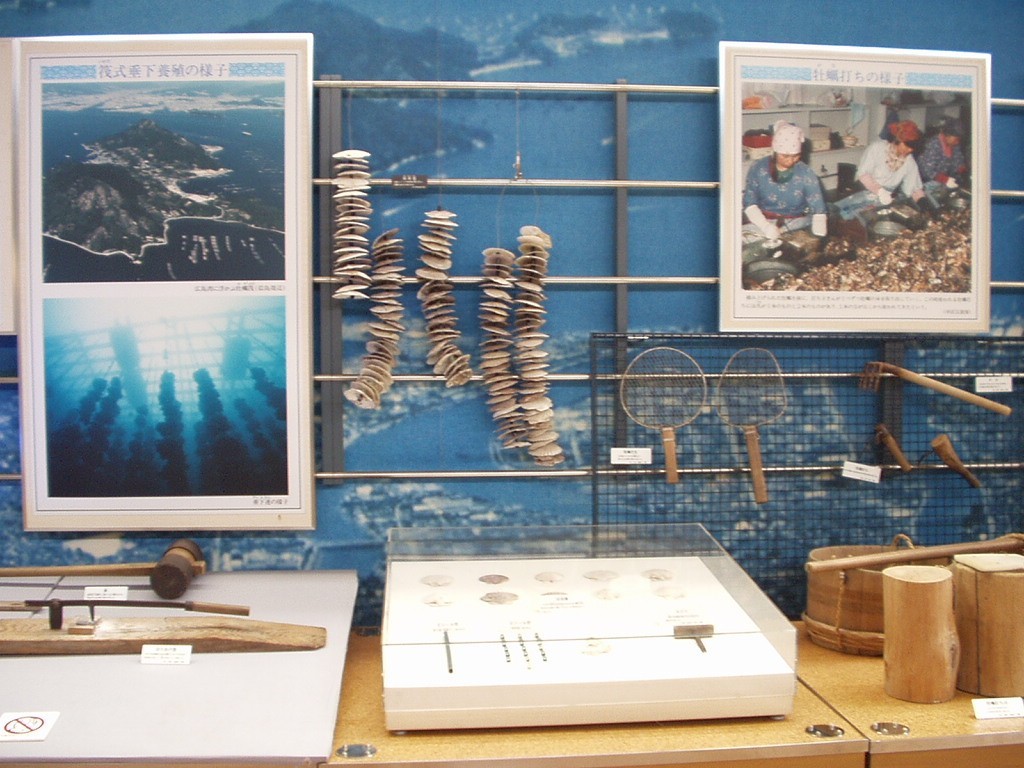




You decided to travel to Hiroshima, but your time is limited, and you don't know how much you can go around in a day ?
You have an indecisive personality, and you always have too much time you do not know what to do on your travel ?
We have a good news for you.
There are still a lot of places we want you to see and experience, but first at you can fully enjoy Hiroshima even in a limited time. For this, we would like to introduce the model course “Hiroshima History Tour” for a day trip to Hiroshima that does not fail.
“A classic day-trip course/Hiroshima history tour”
- DAY1
- DAY2
Fudoin
1/5
〒732-0068 3-4-9 Ushida Shinmachi, Higashi Ward, Hiroshima City, Hiroshima Prefecture
082-221-6923
It is not clear when the temple was first built, but it is said to be one of the Ankoku-ji temples established by the Ashikaga clan throughout the country during the Northern and Southern Courts period.
The temple was destroyed by fire during the war ravages of the Daiei era, but the diplomatic monk of the Mori clan, Ekei Ankokuji rebuilt it.
When the atomic bombing was dropped on August 6, 1945, the Fudoin Temple became a valuable presence for Hiroshima, that lost many cultural properties. It escaped the disaster due to the geographical condition of the foot of the mountain
〒732-0068 3-4-9 Ushida Shinmachi, Higashi Ward, Hiroshima City, Hiroshima Prefecture
082-221-6923
Walk to Fudoin-mae Station on the Astram Line
Astram Line 5 minutes - get off at Johoku Station
On foot
Hiroshima Castle
2/5
〒730-0011 21-1 Motomachi, Naka-ku, Hiroshima City, Hiroshima Prefecture
082-221-7512
082-227-7875
It is a five-story castle built in 1599 by Mori Motonari's grandson “Mori Terumoto”. It was destroyed by the atomic bomb dropped on August 6, 1945, but in 1958, the reinforced concrete castle tower was restored.
〒730-0011 21-1 Motomachi, Naka-ku, Hiroshima City, Hiroshima Prefecture
082-221-7512
082-227-7875
Go to Meipuru-Pu Hiroshimajo Station on foot
To Meipuru-Pude Kamiyacho Station (bus)
Go to the Kamiya-cho area on foot and have lunch
Eat lunch and walk
Atomic Bomb Dome
3/5
It was built in 1915 by Czech architect Jan Letzl. On August 6, 1945, it was wrecked and burned down by the first atomic bomb in human history. It was registered as a World Heritage Site in 1996 as a symbol of a pledge to convey the devastation of the atomic bombing to the present day and call for the abolition of nuclear weapons and permanent peace.
Stroll around Hiroshima Memorial Park on foot
On foot
Hiroshima Peace Memorial Museum
4/5
In this museum is exhibited the actual situation right after the atomic bomb, its damage and the history of Hiroshima before and after the atomic bombing, and appeal for the abolition of nuclear weapons and the realization of world peace.
Walk around the area around Hondori and 8-chome on foot
Take a ride from Meipuru-Puo Okonomimura Station (bus)
Get off at Toshogumae Station and walk
Hiroshima Toshogu Shrine
5/5
2-1-18 Futaba no Sato, Higashi-ku, Hiroshima 732-0057
It was built in 1648 to enshrine the divine spirit of Tokugawa Ieyasu. The main hall and the hall of worship were burnt down by the atomic bomb and were rebuilt after that, but the karamon, transept, chozuya, honjido, gokujo, wakimon, and mikoshi that have existed since the time of their founding have been designated as important tangible cultural properties designated by Hiroshima City
Built in the early Edo period it still retains architectural features.
2-1-18 Futaba no Sato, Higashi-ku, Hiroshima 732-0057
“A classic day-trip course/Hiroshima history tour”
- DAY1
- DAY2
Atomic Bomb Dome
1/9
It was built in 1915 by Czech architect Jan Letzl. On August 6, 1945, it was wrecked and burned down by the first atomic bomb in human history. It was registered as a World Heritage Site in 1996 as a symbol of a pledge to convey the devastation of the atomic bombing to the present day and call for the abolition of nuclear weapons and permanent peace.
Walk around the Peace Memorial Park
On foot
Hiroshima Peace Memorial Museum
2/9
In this museum is exhibited the actual situation right after the atomic bomb, its damage and the history of Hiroshima before and after the atomic bombing, and appeal for the abolition of nuclear weapons and the realization of world peace.
on foot
Orizuru Tower
3/9
It is a new complex that opened in September 2016.
There is a Souvenir shop and cafe on the first floor. From the observatory, you can see the World Heritage Site “Atomic Bomb Dome”, the peaceful and revived cityscape that spreads throughout the Peace Memorial Park.
Also, on a clear day, you can see Mt. Misen in Miyajima.
Go to the Kamiya-cho area on foot and have lunch
Moving on foot
Shirakamisha Shrine
4/9
7-24 Nakamachi, Naka-ku, Hiroshima 730-0037 Japan
Mikai no kami enshrines Kikurihime, Izanaki, Izanami, Amaterasu Omikami, etc., and since ancient times (before 600 years), worshiped a shrine on the rock where the current shrine was built, and white gohei was dedicated and worshiped the gods. Prior to the construction of Hiroshima Castle at the time of Mori Terumoto (around 1600), a large shrine was built and called “Shirakami Daimyojin”. Showa 20 (1945) 8/6 A nuclear bomb exploded in the sky, and the shrine building, the Great Torii, etc. disappeared completely, and the stone structures before Showa 20, komainu, and night lights are now designated as the Hiroshima Atomic Bomb Remains. The current shrine was rebuilt in Showa 63 (1989).
7-24 Nakamachi, Naka-ku, Hiroshima 730-0037 Japan
On foot
Rai Sanyo Shiseki Museum
5/9
Materials related to Rai Sanyo, a writer representing Japan in the late Edo period, and various materials related to the early modern culture of Geibi are exhibited here.
In addition to the permanent exhibition that introduces the chronology of Sanyo Rai, special exhibitions are also held about 4 times a year, including “Modern Japanese Swords” and “Hina Dolls”.
Former Hiroshima Branch of the Bank of Japan
6/9
A historical building representing the early Showa period in Hiroshima with an excellent appearance in a classical style. Although it is a short distance of 380m from the hypocenter, it still retains its original appearance due to its robustness. At the time of the atomic bombing, the first and second floors were closed, which avoided the internal wreck, but since the third floor was open, it burned down.
Walk to Fukuromachi Station and take the tram line ① about 21 minutes
Get off at Ujina 2-chome and move on foot
Hiroshima City Local Museum
7/9
It is a red brick museum centered on Hiroshima's traditional local industries, and a part of the building of the former Ujina Army Rations Arsenal built in 1911 is preserved. It is one of the few modern Western-style buildings of the Meiji period remaining in the city, and it is designated as an important tangible cultural property of Hiroshima City because of its superior building technology and design.
Moving on foot
Ujina Hatoba Park
8/9
〒734-0011 3-12 Ujina Kaigan, Minami Ward, Hiroshima City, Hiroshima Prefecture
082-251-7997
You can see Japanese and foreign passenger ships entering Hiroshima Port, and when they enter the port, a welcome ceremony may be held nearby. Hatoba Park is a relaxing plaza centered on the a square .
There qre ommercial facilities (interior shops, cafes, etc.)close by, using old harbor warehouses.
〒734-0011 3-12 Ujina Kaigan, Minami Ward, Hiroshima City, Hiroshima Prefecture
082-251-7997
Hiroshima Port (Hiroshima Minato Park)
9/9
1-chome Ujinakaigan, Minami-ku, Hiroshima 734-0011, Japan
It is a symbolic green space that serves as the gateway to the sea in Hiroshima. From the green space on the west side, you can see the ferry entering the terminal, and there are shops and restaurants on the 1st and 2nd floors of the Ujina Passenger Terminal on the south side of the park, where you can eat while overlooking the sea.
1-chome Ujinakaigan, Minami-ku, Hiroshima 734-0011, Japan
































































